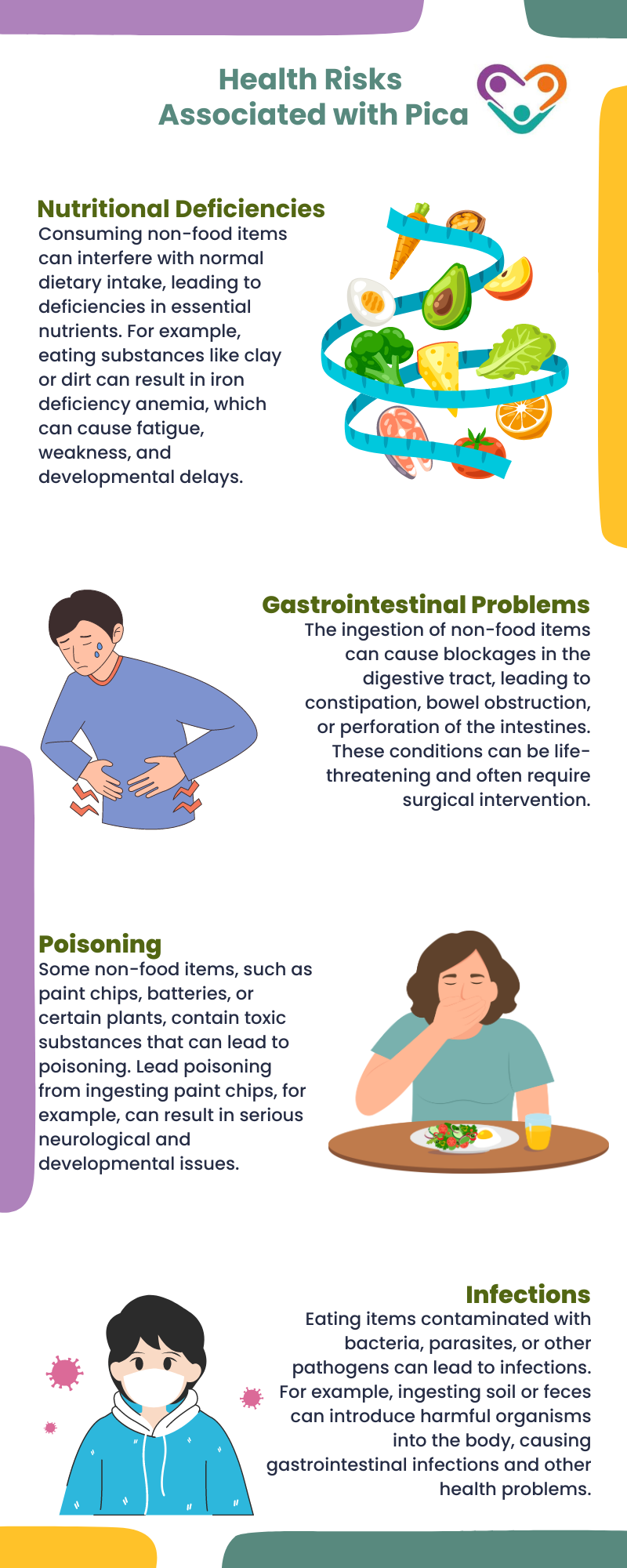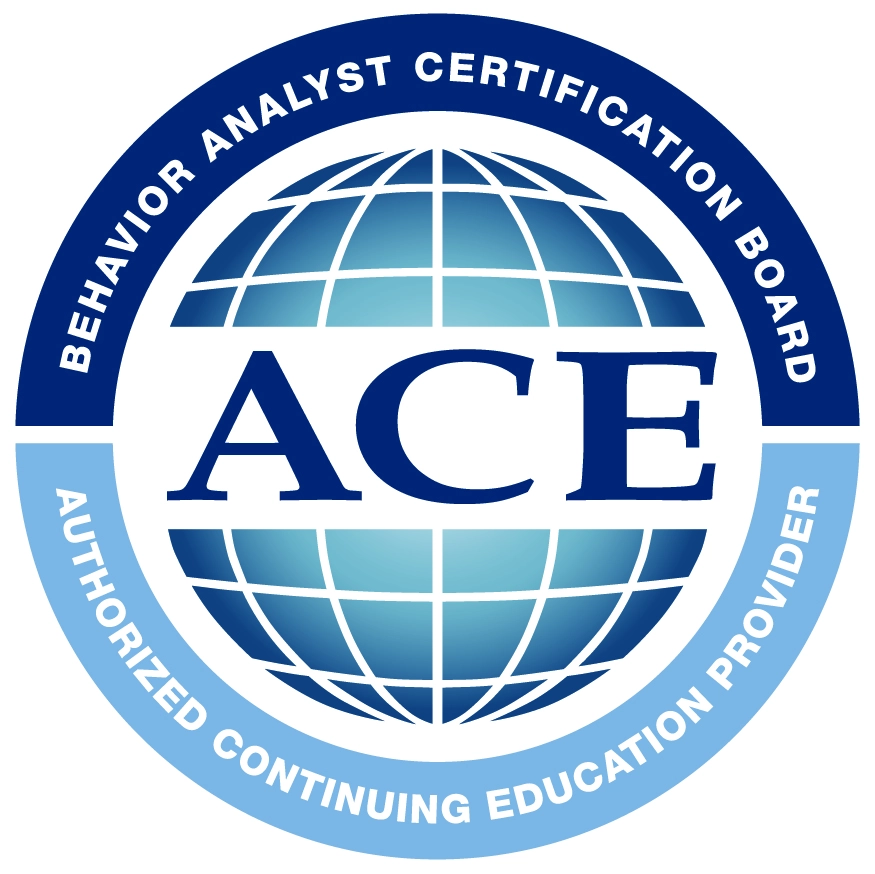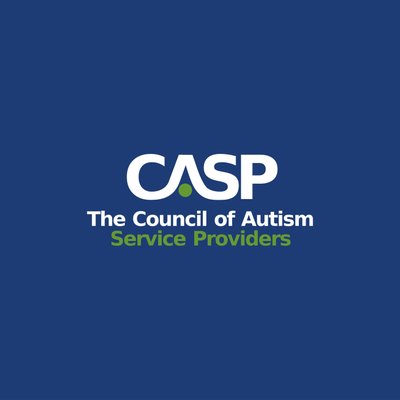Pica is a condition characterized by the compulsive ingestion of non-food substances, a behavior that can pose significant health risks. This condition can be particularly prevalent among individuals with autism, adding another layer of complexity to their care and management.
Understanding pica in the context of autism involves exploring its causes, associated risks, and strategies for management and intervention.

What is Pica in Autism?
Pica is defined as the persistent eating of non-nutritive substances for a period of at least one month, at an age where this behavior is developmentally inappropriate. These substances can include items such as dirt, clay, chalk, sand, paper, soap, cloth, hair, wool, pebbles, detergent, or even feces. The behavior can lead to various health issues, including nutritional deficiencies, gastrointestinal problems, and poisoning.
However, it’s worth noting that pica is not exclusive to autism, as it can also be observed in individuals with intellectual disabilities, schizophrenia, and certain nutritional deficiencies.
According to research, pica is more prevalent among individuals with autism compared to the general population. This heightened prevalence can be attributed to several factors associated with autism, including sensory processing differences, communication difficulties, and behavioral patterns. These factors can combine in various ways to increase the likelihood of pica.
Sensory Processing
Many individuals with autism experience atypical sensory processing, which can manifest as either hypersensitivity or hyposensitivity to sensory stimuli. For some, the act of eating non-food items may be a way to fulfill sensory needs.
For instance, the texture, taste, or smell of certain non-food substances might be appealing and provide sensory input that is otherwise lacking. This sensory-seeking behavior is a critical component to consider when understanding why pica occurs in autistic individuals.

Communication Difficulties
Communication challenges, a core characteristic of autism, can also play a significant role in the development and persistence of pica. Individuals who struggle to communicate their needs, discomforts, or curiosities might resort to pica as a form of expression or self-soothing.
For example, a child who cannot verbalize their need for oral stimulation might chew on non-food items to achieve this sensory input.
Behavioral Patterns
Repetitive behaviors and restricted interests, common in autism, can also contribute to pica. The repetitive nature of eating non-food items can become a part of a ritualistic behavior pattern, providing a sense of routine and comfort. Additionally, the fascination with specific objects or materials can lead to the ingestion of those items.
Health Risks Associated with Pica
The ingestion of non-food items can lead to severe health consequences. These risks can vary depending on the substances consumed and the frequency of the behavior. They’re as follows:

How to Identify Pica
Early identification and intervention are crucial in managing pica and mitigating its associated risks. Parents, caregivers, and educators play a critical role in recognizing the signs of pica. Observing an individual’s eating habits and behaviors can provide important clues.
If a child or adult with autism is frequently seen putting non-food items in their mouth or shows a preference for certain non-nutritive substances, it may indicate the presence of pica. A thorough assessment by a healthcare professional, such as a psychologist, pediatrician, or occupational therapist, is essential for diagnosing pica and developing an appropriate intervention plan. The assessment process typically involves:
- Medical Evaluation: A comprehensive medical evaluation to rule out any underlying medical conditions that might contribute to pica, such as nutritional deficiencies or gastrointestinal disorders.
- Behavioral Assessment: Observing and recording the frequency, duration, and context of pica behaviors. This can help identify potential triggers and functions of the behavior.
- Sensory Profile: Evaluating the individual’s sensory processing patterns to determine if sensory-seeking behaviors are contributing to pica.
- Communication Assessment: Assessing the individual’s communication abilities and identifying any difficulties that might be contributing to the behavior.
Interventions for Pica
Effective management of pica involves a combination of behavioral, environmental, and medical interventions. The goal is to reduce the occurrence of pica behaviors while addressing any underlying causes.
Some of the most effective interventions for pica are as follows:
Behavioral Interventions
Behavioral strategies are often the cornerstone of pica management. Applied Behavior Analysis techniques can be particularly effective. Interventions might include:
- Positive Reinforcement: Reinforcing alternative, appropriate behaviors can help reduce the occurrence of pica. For example, providing a preferred item or activity as a reward for not engaging in pica can encourage more appropriate behaviors.
- Functional Communication Training (FCT): Teaching individuals to communicate their needs effectively can reduce the likelihood of pica. For instance, a child who learns to ask for a chewy toy instead of eating non-food items can have their sensory needs met in a safer way.
Environmental Modifications
Making changes to the individual’s environment can help reduce the opportunities for pica. This might involve:
- Removing or Securing Hazardous Items: Ensuring that potentially harmful non-food items are out of reach or securely stored can reduce the risk of ingestion.
- Providing Safe Alternatives: Offering safe, appropriate alternatives to fulfill sensory needs can help satisfy the urge to engage in pica. This might include providing chewable jewelry, textured toys, or other sensory-friendly items.
Medical Interventions
Addressing any underlying medical issues that might contribute to pica is also essential. This might involve:
- Nutritional Supplements: If a nutritional deficiency is identified, supplements such as iron or zinc might be prescribed to address the deficiency and reduce pica behaviors.
- Medications: In some cases, medications might be used to address underlying conditions that contribute to pica, such as anxiety or obsessive-compulsive disorder.
- Sensory Integration Therapy: Occupational therapy with a focus on sensory integration can help individuals with autism better process and respond to sensory stimuli. This can reduce sensory-seeking behaviors that might lead to pica.
Collaboration and Support
Managing pica requires a collaborative approach involving parents, caregivers, educators, and healthcare professionals. Regular communication and coordination among these individuals can ensure that interventions are consistent and effective across different settings.
Parents and caregivers play a crucial role in managing pica. They need to be equipped with strategies and resources to address the behavior effectively and help their children deal with challenges in their daily lives. Support groups and training programs can provide valuable information and emotional support.
Educators can also help implement behavioral interventions and environmental modifications in the school setting. They can also monitor the student’s behavior and communicate any concerns to parents and healthcare professionals.
That said, pica is a complex behavior that can pose significant health risks, particularly among individuals with autism. Understanding the sensory, communication, and behavioral factors that contribute to pica is essential for effective intervention.
Ongoing research continues to provide valuable insights into the causes and management of pica, with the aim of offering hope for more effective interventions in the future. For families seeking specialized support, Golden Care Therapy offers comprehensive ABA therapy in NYC, Indiana, New Jersey, Georgia, and Florida. Contact us today to learn more about how we can assist your child.
Sources:
https://www.autismparentingmagazine.com/pica-and-autism
https://autism.org/autism-pica




